Amid Office Changes, Workplace Strategies Are Evolving
Hybrid work models and a focus on data will be key going forward, according to experts at CoreNet Global’s Virtual Summit.
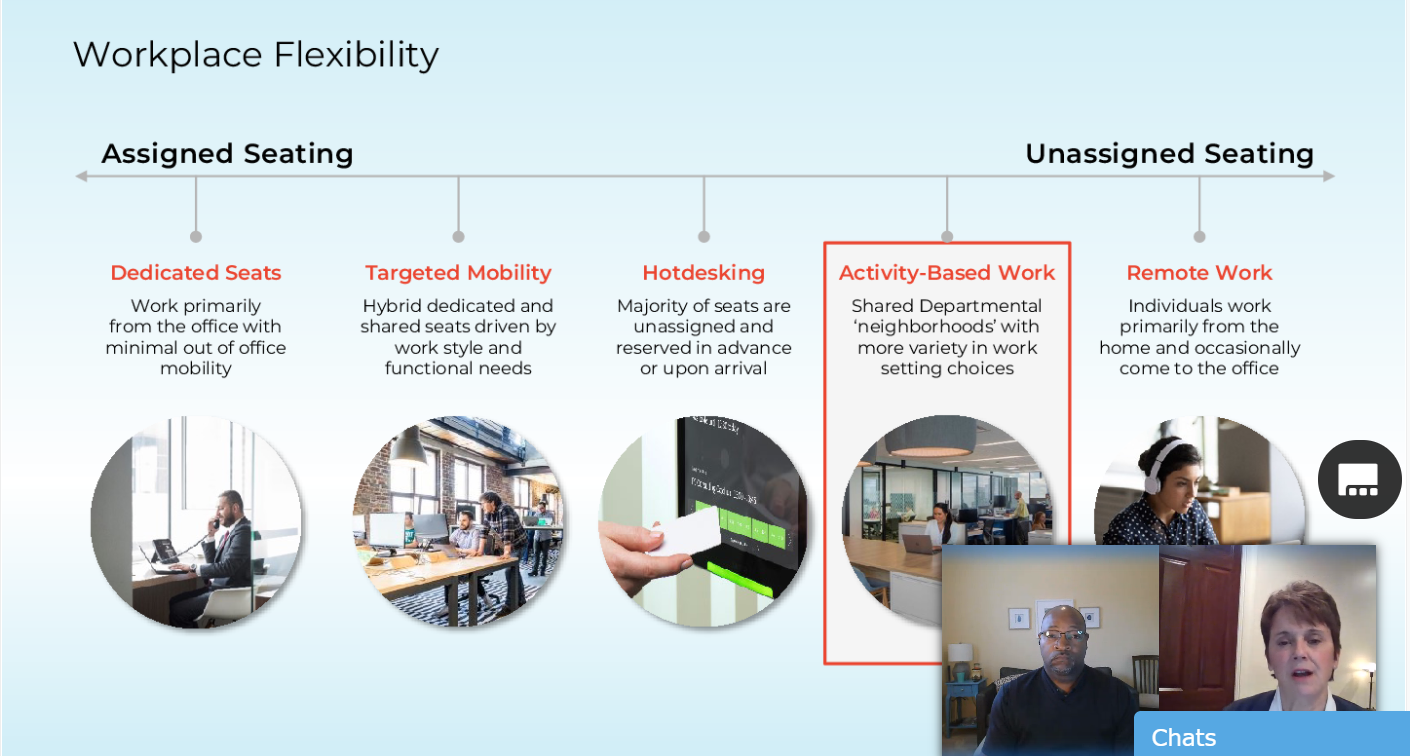
A panel on changes to the workplace in the wake of COVID-19 at CoreNet Global’s Virtual Summit, Oct. 26.
Office owners and occupiers have spent the last several months figuring out how to keep things business as usual during a time that has been anything but.
By now, many companies have not only fine-tuned their workplace strategies but also developed new policies surrounding how and where employees work while also creating crisis management plans in case of similar events.
At a discussion on the transformation of corporate real estate in the wake of COVID-19 at CoreNet Global’s Virtual Summit Oct. 26, participants discussed the latest leading practices in preventing the spread of the virus, how companies are evolving their workplace strategies, and what that means for the future of the office.
Hybrid work models
As the pandemic has played out, several big tech companies made headlines after announcing new policies allowing employees the choice to work from home, in some cases indefinitely. One of those firms is software giant Microsoft, which announced earlier this month that staffers now had the option permanently, as part of their new “hybrid model.”
“Physical, mental and emotional well-being is our top priority,” said Michael Ford, vice president & partner of worldwide real estate, construction, facilities and security at Microsoft, at the panel discussion on Oct. 26.
Before COVID-19, less than 5 percent of employees at Microsoft worked remotely, and it varied by group, said Ford. Now, based on recent research, that number is closer to 10 or 12 percent. However, company-wide surveys have revealed that the majority of workers at the firm want to come back to the office for at least 3 days or more.
READ ALSO: Tech Tenants Remain Biggest Force in Office Leasing
Ford said Microsoft is creating more “touchdown spaces” in offices that employees can reserve, check in and check out using an app. The app also allows workers to attest that they are healthy, and even order lunch ahead of time.
Data has become a big part of Microsoft’s strategy for its workplace experience going forward. While the company has been working on making their workplaces more connected, sustainable and secure for the last 4 to 5 years, they are now looking to make employees’ current work experience as seamless as possible.
“Our central strategy is about data and agility,” said Ford. “We want to take real time data and let science drive adjustments to our real estate strategy.”
Mitigation and prevention
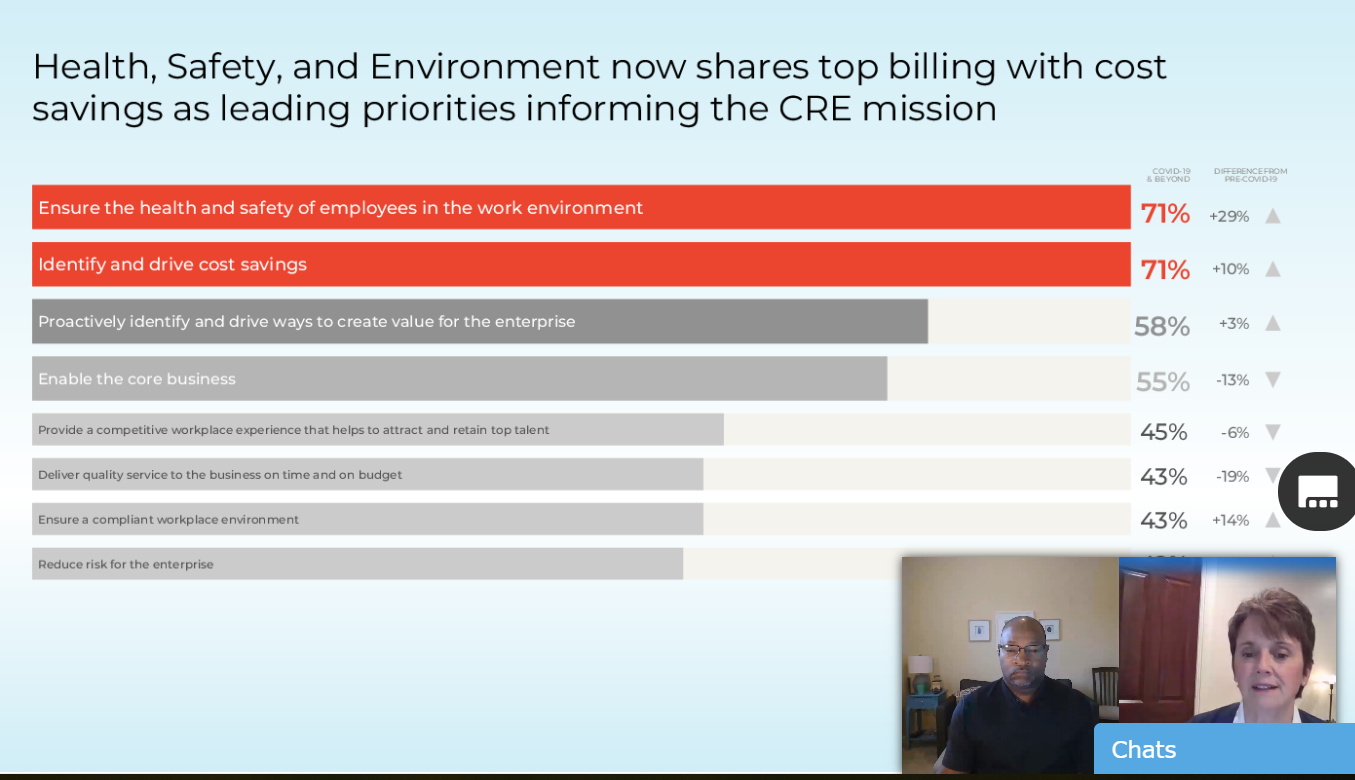
A panel on changes to the workplace in the wake of COVID-19 at CoreNet Global’s Virtual Summit, Oct. 26.
As companies decide how to bring back employees to the office or how to keep those already in safe, they should encourage continued adherence to mask-wearing and social distancing, and even consider testing options.
Dr. Joshua Sharfstein, the Vice Dean for Public Health Practice and Community Engagement at the Johns Hopkins Bloomberg School of Public Health, said companies need to make sure any employees with symptoms of the virus have access to testing. However, where it can get complicated is with testing a large number of asymptomatic people.
“At this point, I don’t think there’s a strong recommendation they need to do broad asymptomatic testing,” said Sharfstein during the panel discussion, pointing to the possibility of false positives, which can lead to confusion and stress. He recommended companies think about their big picture health and safety strategy when thinking about testing.
“Don’t decide your testing strategy in a vacuum, think about your overall strategy, interactions, how you’re protecting employees, and then think of the role of testing to really shorten that up,” said Sharfstein.
When asked about pool testing—which entails combing samples from several people and conducting one lab test on the combined pool—Sharfstein said it can be more cost-efficient but may not be worth it. Instead, he suggested testing sewage as an alternative, something that has been very effective at college dorms.
“That might actually be faster than sending complicated pool tests to a lab,” he said. “I think the idea of efficiency is a good one, and poop testing is good because nobody needs their nose swabbed.”




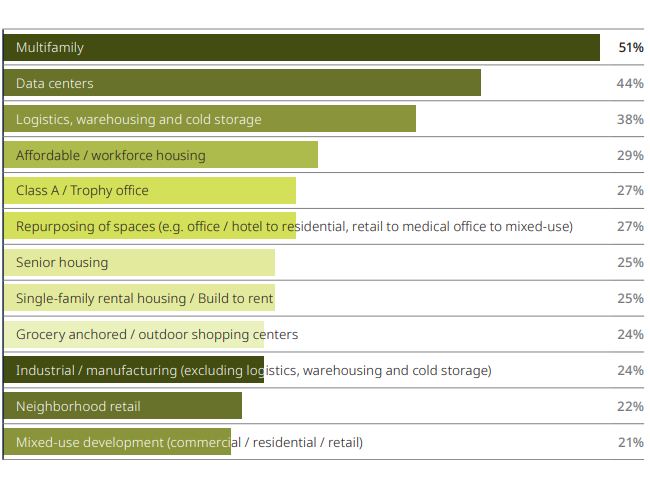
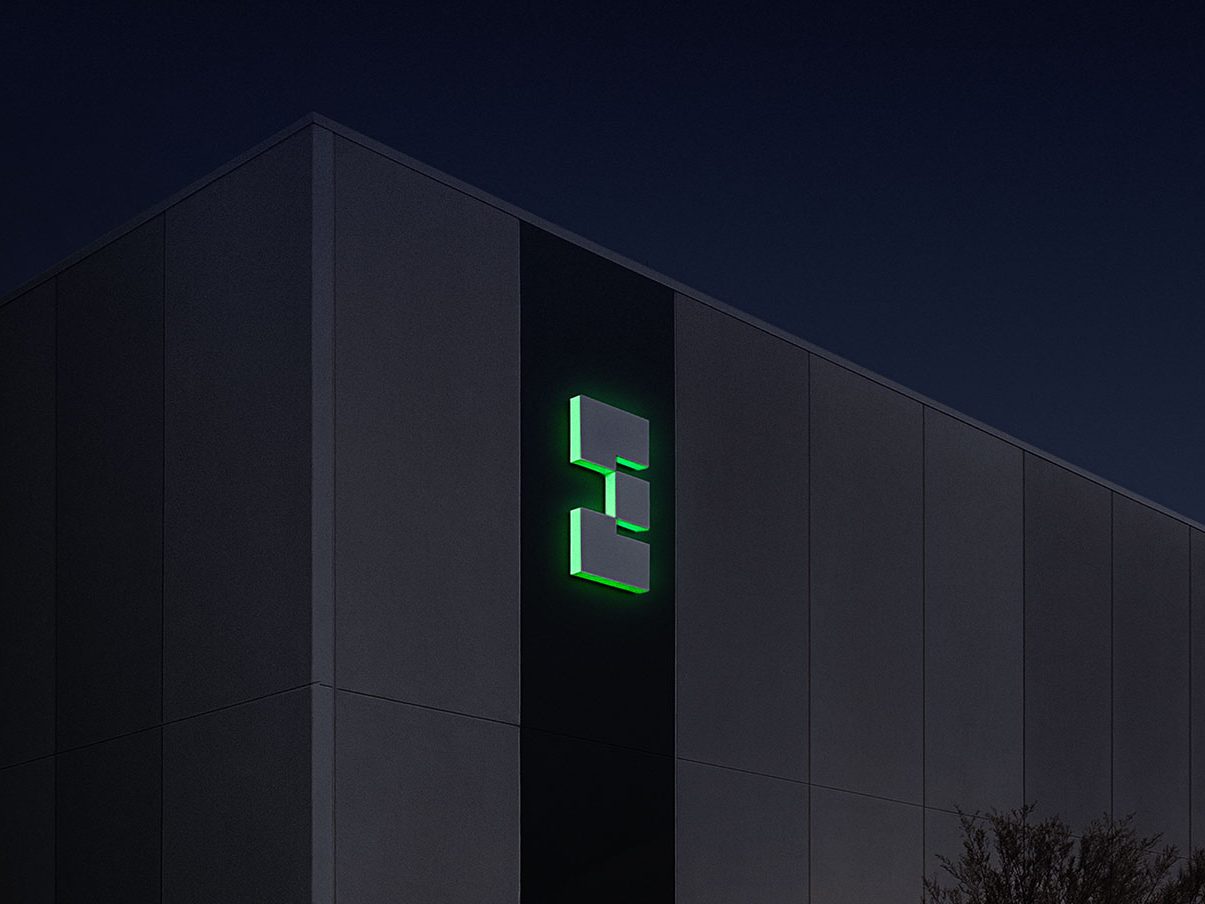
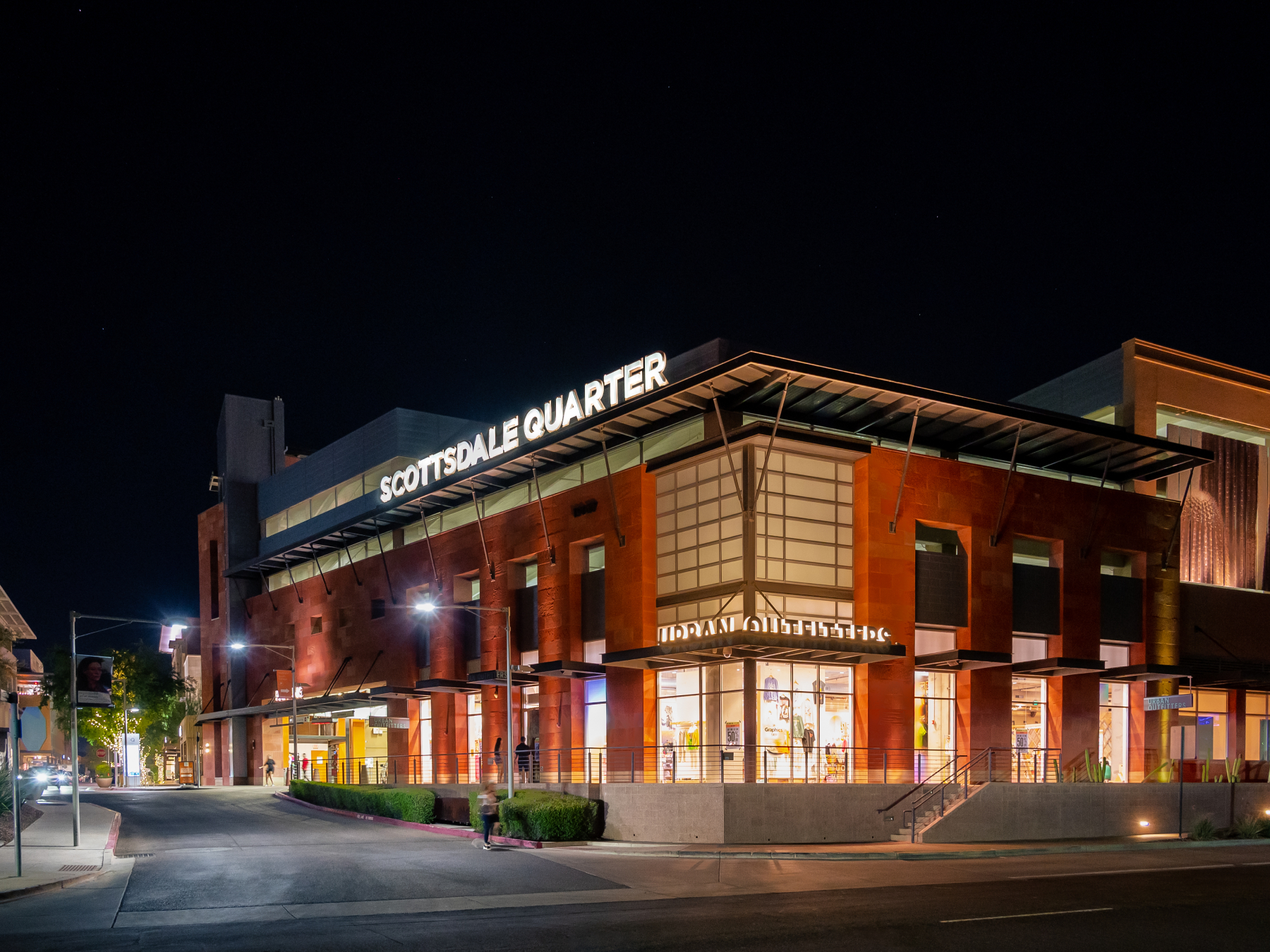
You must be logged in to post a comment.